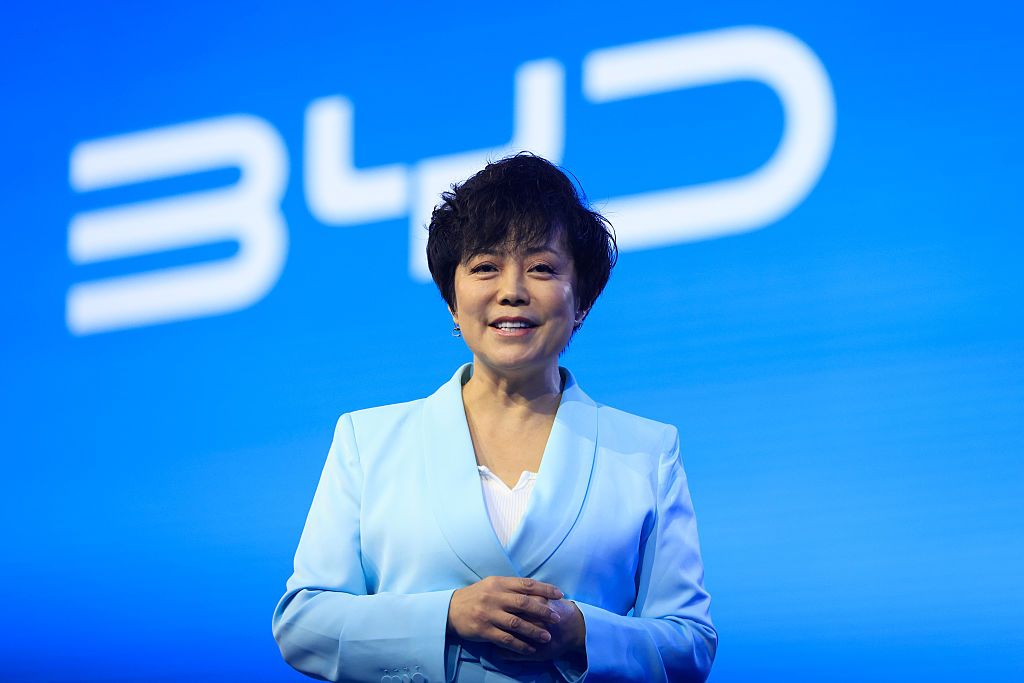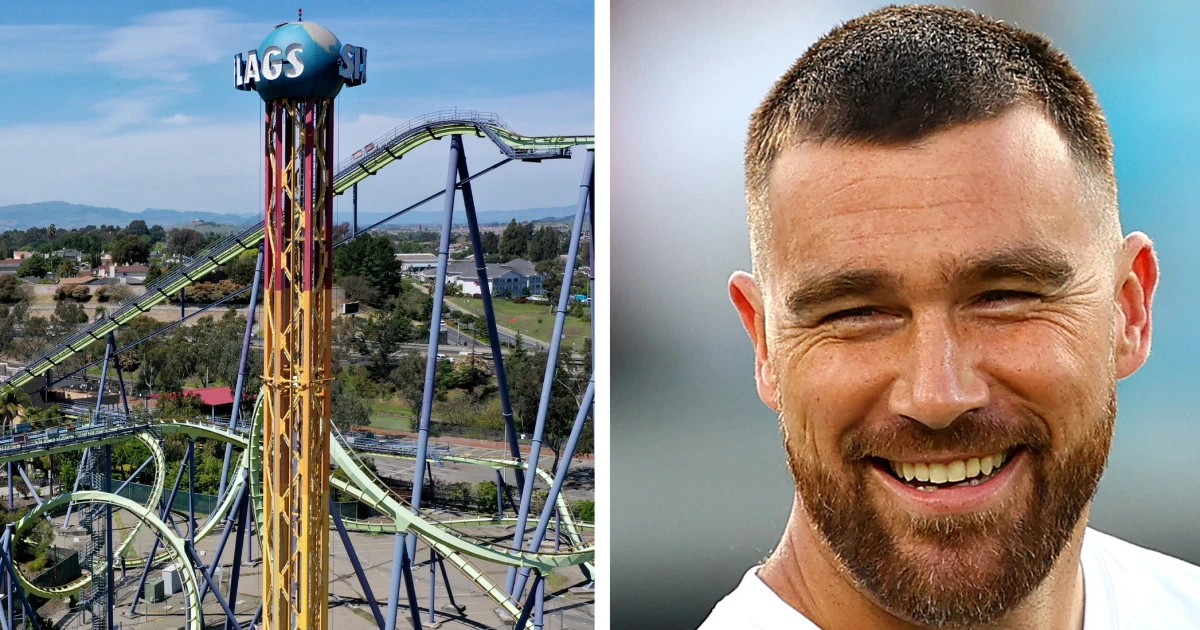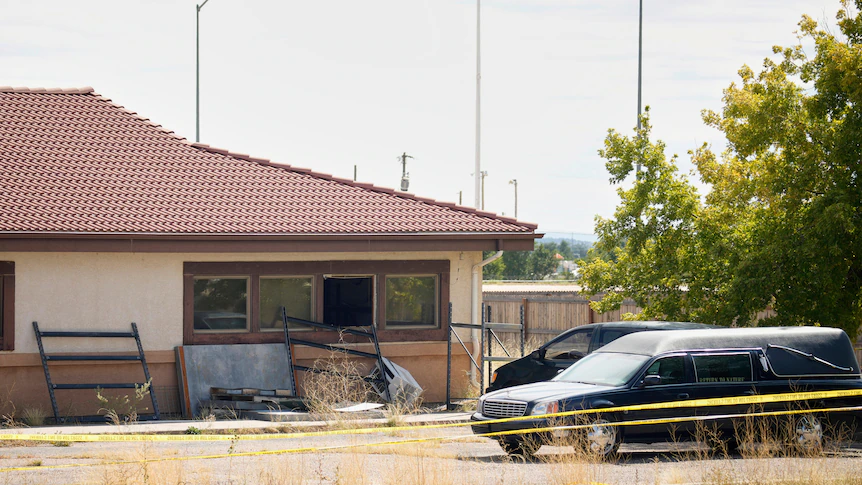Copyright Chicago Tribune

Kudos to legislative sponsors and leaders, Gov. JB Pritzker and civic, environmental and labor leaders for their hard work passing landmark transit legislation. The legislative battle focused on how to allocate the board seats for the new Northern Illinois Transit Authority, allocating responsibilities between NITA and the CTA, Metra and Pace service boards, and who should pay how much to sufficiently fund a modern public transit system. Now, the focus must shift to implementation: how to make our transit system work better and more efficiently. How to attract more riders back to a transit system that is safer, affordable and accessible. How to make the buses and trains run on time. Let’s focus on those goals now that the dust has settled in Springfield. That’s what people want our transportation leaders to deliver to justify the higher fees, tolls and taxes. Move forward promptly to improve a transit system that works well for all. NITA and the service boards will need to work better, differently and cooperatively to achieve these public goals. Pritzker, Chicago Mayor Brandon Johnson and suburban leaders need to appoint board members who will do just that. Let’s recognize, though, the challenges of our public transit system long based on an outdated design and business model. First, the CTA “L” trains were built as a hub and spoke system to bring riders to the historic central Loop area — State and Lake/Madison streets. Today, the business district extends north of the Loop into River North and west to the Fulton Street area (River West) while convention visitors are pulled to the McCormick Place area in the South Loop. Second, Metra and CTA revenue models were long based on pre-COVID-19 commuters going to downtown jobs five days per week with 10 trips. Today, it’s about half that number of trips as remote work and hybrid office arrangements have taken over. So, what should NITA and the service boards move to address soon? Some suggestions: One ticket system. Coordinate and integrate the now-separate CTA, Metra and Pace tickets to enable easy transfers among what should be one system. So, if you’re going from Wilmette to Midway Airport, that’s one ticket on Metra’s UP North line to CTA’s Orange Line. Or, if you’re going from Wheaton to Millennium Park, that’s one ticket on Metra’s BNSF line to CTA’s Green Line. The bureaucratic and technical barriers can be solved. Safety first. The legislation provides for a law enforcement task force led by the Cook County sheriff’s office coordinating with Chicago, Metra, suburban and state police departments. It also provides a new “transit ambassadors” program. This coordination is important and challenging but not impossible. Get it done. Prioritize well. More money coming into the Chicago region’s transit system is necessary to maintain and improve operations. That’s an opportunity to put the customer first, ensuring that new and expanded services meet riders’ needs efficiently instead of an outdated formula that doesn’t best reflect the realities of riders’ needs today. Provide a regional perspective on capital investments, recognizing that riders need to move across historic divides to complete their trips. The public spotlight will be on the new NITA board to do its job exceedingly well. Infill stations and regional rail solutions. Build out services that meet modern demands. That means partnering with Cook County and others on more infill stations allowing people to easily transfer from one service to another, coupled with more consistent, coordinated service schedules that help passengers do so. Expand Metra’s regional rail services for better midday and weekend travel both between suburbs and to the city. Tollway accountability. The legislation provides for toll increases of 45 cents per toll station for passenger cars and a 30% toll increase for commercial vehicles. That will produce an estimated $750 million to $1 billion per year of additional revenue. The Illinois State Toll Highway Authority will be scrutinized on how that infusion of funds is directed to fix and improve the existing toll roads and bridges versus building costly, controversial new toll roads. “Fix it first” and spend those funds well. This is a pivotal moment for Illinois. The legislature has spoken for a more unified system that improves service and safety. Let’s now focus on implementing this once-in-a-generation opportunity to operate a first-class, modern public transit system that attracts more passengers and works well for all in the Chicago region. Howard Learner is CEO of the Environmental Law & Policy Center, a public interest environmental legal and eco-business innovation organization.



